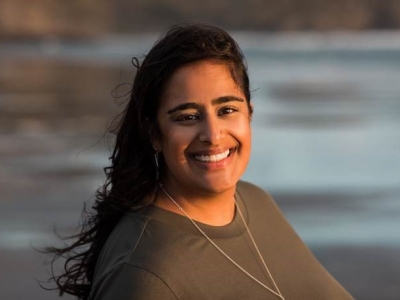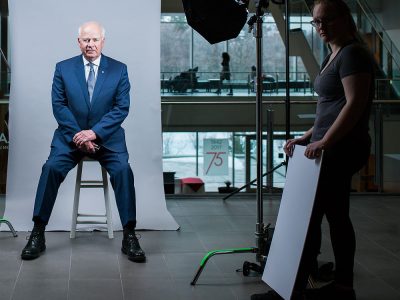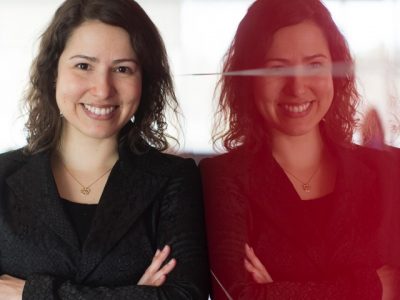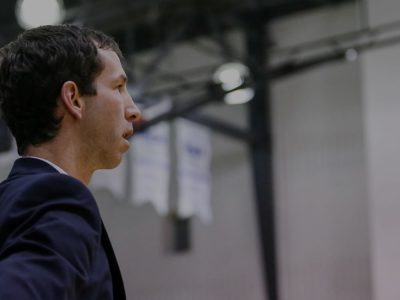By Matt Gergyek
Following his graduation in fall 2021 with a PhD in Aerospace Engineering, Scott Bishop has become the Assistant Dean of Students in the Faculty of Engineering at Dalhousie University and is now an Assistant Professor. He spent the winter teaching his three-year-old daughter how to downhill ski and is currently working to launch his sailboat on more ocean adventures.
For as long as Scott Bishop can remember, his life has been interwoven with exploration and curiosity.
“I’ve always really liked learning about how things work, the world around me, and getting involved with adventures both big and small,” says Bishop.
Bishop was born and raised in Nova Scotia with a hunger for adrenaline and perpetual curiosity to explore that led him to an Aerospace Engineering PhD from Carleton.
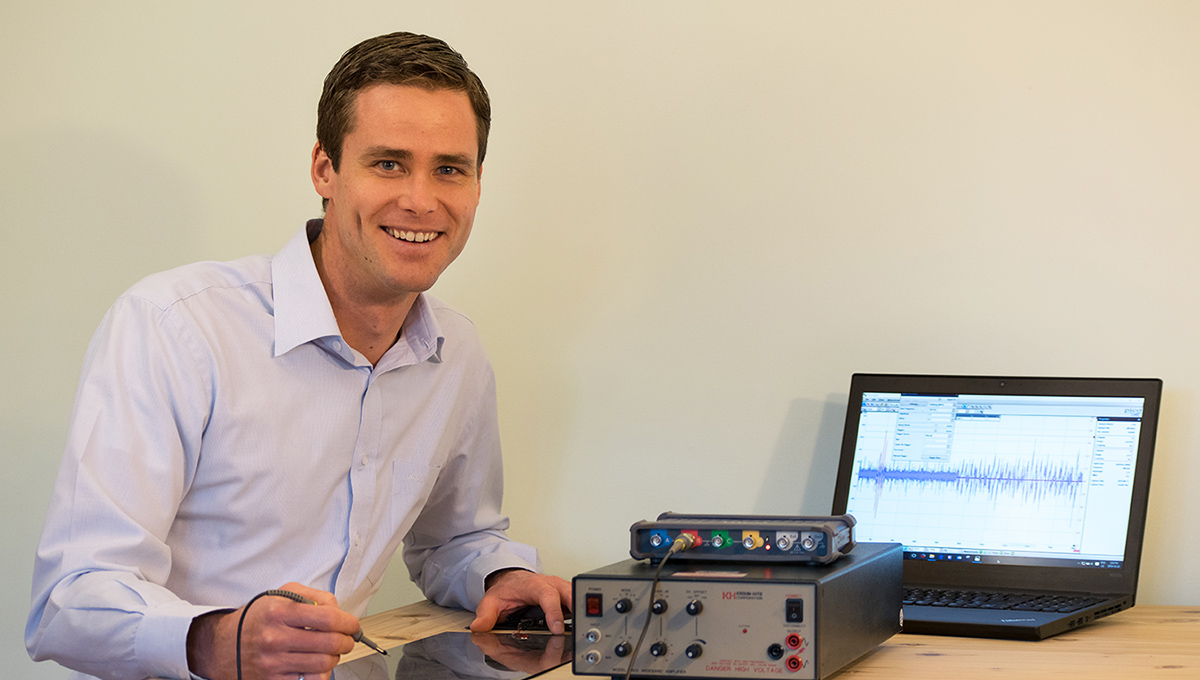
Scott Bishop
Bishop previously attended Dalhousie University, where he played volleyball on the varsity team and competed in the Canada Summer Games. When he found himself gravitating toward biomechanics—the math behind human motion—he began to see parallels between kinesiology and engineering.
“That’s when my path really started to emerge,” says Bishop, who spent the next 10 years working in the engineering industry, with a healthy amount of time out on the ocean as well.
One of Bishop’s pivotal jobs during those years was working at the aerospace manufacturing company Stelia North America, where he worked with ultrasonic inspection to test the parts of the Boeing 787 airplane model, which launched in 2011.
The work at Stelia helped inspire Bishop’s PhD work at Carleton, where he was supervised by Prof. Jeremy Laliberte, who helped him secure guest worker status at Canada’s National Research Council to access facilities and work closely with experts. “Going back and doing a PhD was all about the pursuit of knowledge in a field I’m really passionate about,” he says.
In a nutshell, Bishop’s PhD work focused on structural health monitoring of carbon fibre aerospace structures. More specifically, he looked at how to detect damage by embedding ultrasonic sensors into aircraft materials that can detect minute changes to a part—what Bishop calls “the fingerprint” associated with a type of defect. The goal is to make flying both safe and more cost efficient.
During his PhD, Bishop wasn’t just focused on the aerospace industry in his research—his career aspirations looked toward the edges of the atmosphere as well.
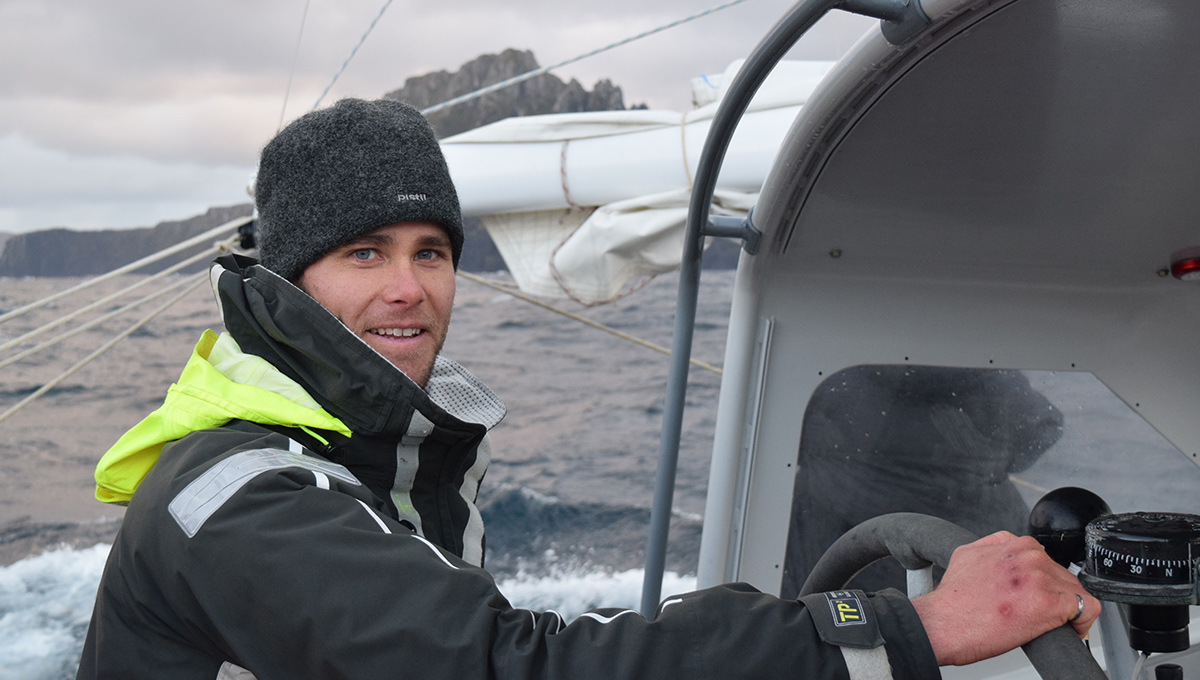
Bishop sails around Cape Horn in southern Chile
In 2017, Bishop was one of 72 finalists chosen from a pool of close to 4,000 applicants vying for a chance to become an astronaut through the Canadian Space Agency.
“The opportunity to go and explore space would have literally been out of this world,” he says.
While Bishop was ultimately not selected, he says the experience helped inform his PhD work and connected him with a network of applicants who have become lifelong friends. Together, Bishop and a few of those people have teamed up to form Leap Biosystems.
The organization’s mission (with the slogan “one giant leap for healthcare”) is to find healthcare solutions for remote environments, including the Arctic, Antarctic and, yes, space.
“The goal is to provide step-by-step medical guidance to walk somebody through a procedure using augmented reality,” says Bishop.
Bishops notes his time at Carleton has helped redefine his future and the opportunities ahead.
“It pushed me to exceed my own goals and push my own limits further than I imagined—I’m forever grateful to Carleton,” he says.
With his PhD complete, Bishop has come full circle and returned to Dalhousie University, where he teaches second-year engineering students.
The position is helping him to fulfill another one of his lifelong goals: taking part in the growth of future engineers.
“There are so many challenges the world faces today and one of the ways we’re going to overcome these challenges is through engineering and new designs, ideas and solutions.”

Thursday, November 11, 2021 in Aerospace, Convocation, Convocation 2022, Faculty of Engineering and Design, Grad Stories, Graduate Students
Share: Twitter, Facebook
